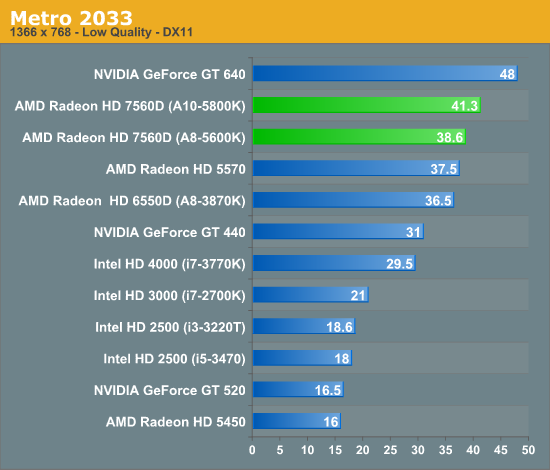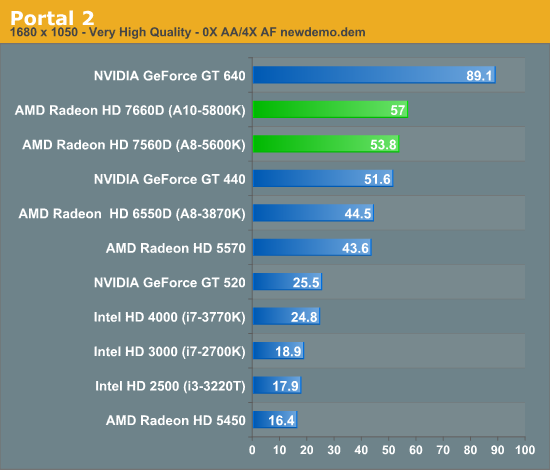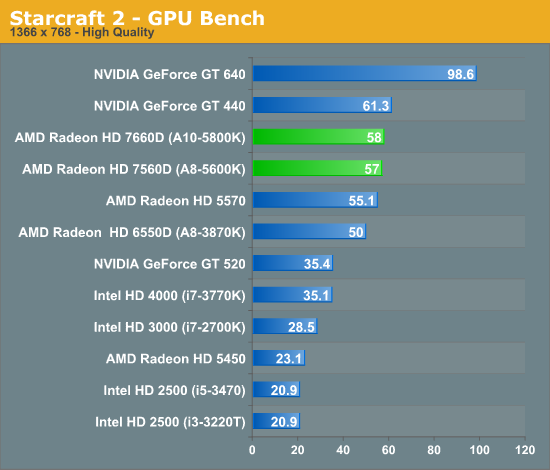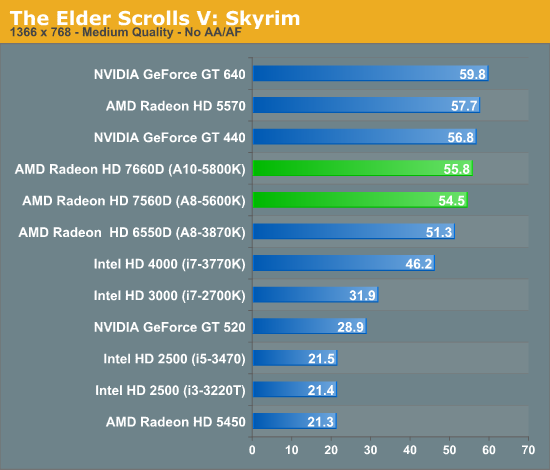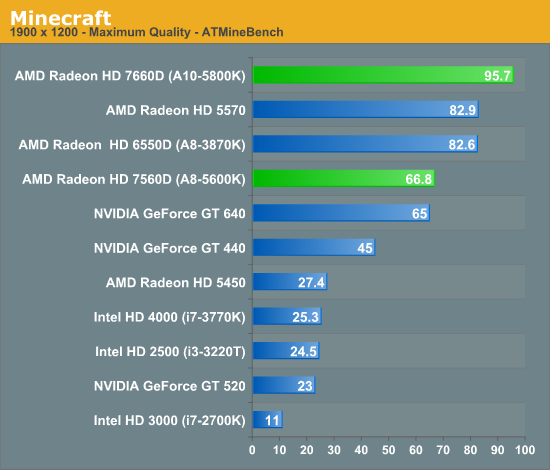- Joined
- Apr 5, 2005
- Messages
- 6,788 (0.92/day)
- Location
- Republic of Asia (a.k.a Irvine), CA
| System Name | --- |
|---|---|
| Processor | FX 8350 @ 4.00 Ghz with 1.28v |
| Motherboard | Gigabyte 990FX-UD3 v4.0, Hacked Bios F4.x |
| Cooling | Silenx 4 pipe Tower cooler + 2 x Cougar 120mm fan, 3 x 120mm, 1 x 200 mm Red LED fan |
| Memory | Kingston HyperX DDR3 1866 16GB + Patriot Memory DDR3 1866 16GB |
| Video Card(s) | Asus R9 290 OC @ GPU - 1050, MEM - 1300 |
| Storage | Inland 256GB PCIe NVMe SSD for OS, WDC Black - 2TB + 1TB Storage, Inland 480GB SSD - Games |
| Display(s) | 3 x 1080P LCDs - Acer 25" + Acer 23" + HP 23" |
| Case | AeroCool XPredator X3 |
| Audio Device(s) | Built-in Realtek |
| Power Supply | Corsair HX1000 Modular |
| Software | Windows 10 Pro 64 bit |
hopefully this OCs to decent 4.5+ Ghz without sucking neighboring states power grid  and puts enough smile on my face
and puts enough smile on my face 
 and puts enough smile on my face
and puts enough smile on my face 









 .
.
